
Chinook salmon have been spotted in California’s North Yuba River for the first time in nearly a century. A pilot program led by the California Department of Fish and Wildlife (CDFW) successfully reintroduced spring-run Chinook salmon to their historic spawning grounds east of Downieville, Sierra County. The project involved implanting salmon eggs in a 12-mile stretch of gravel riverbed in October 2024, with juvenile fish detected downstream by February 2025.
Breaking the Dam Barrier
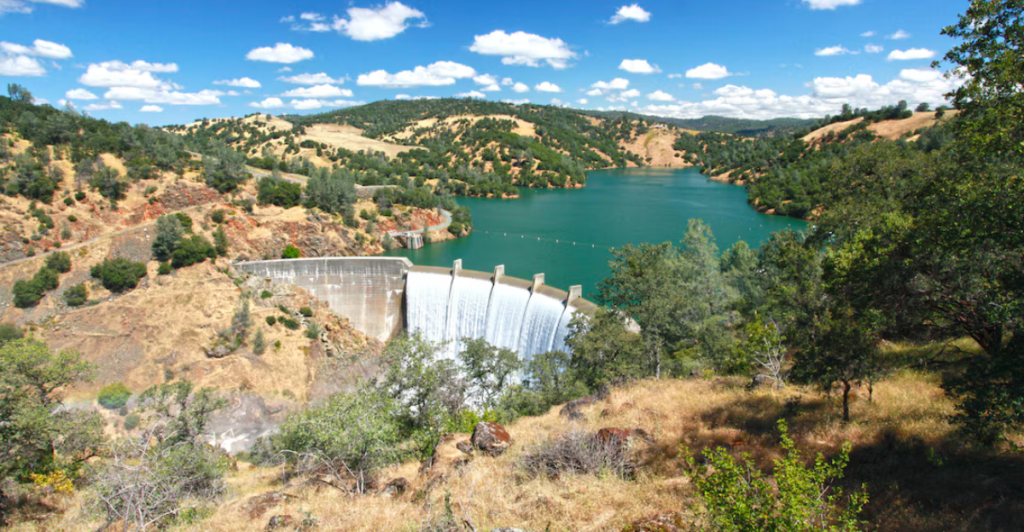
The salmon’s return was made possible by bypassing the Englebright Dam, constructed in 1941, which had blocked access to upstream habitats for decades. There are no plans to remove any dams from the Yuba River, as these salmon are being helped to bypass the dam to make their way to the Pacific Ocean.
Science Behind the Reintroduction
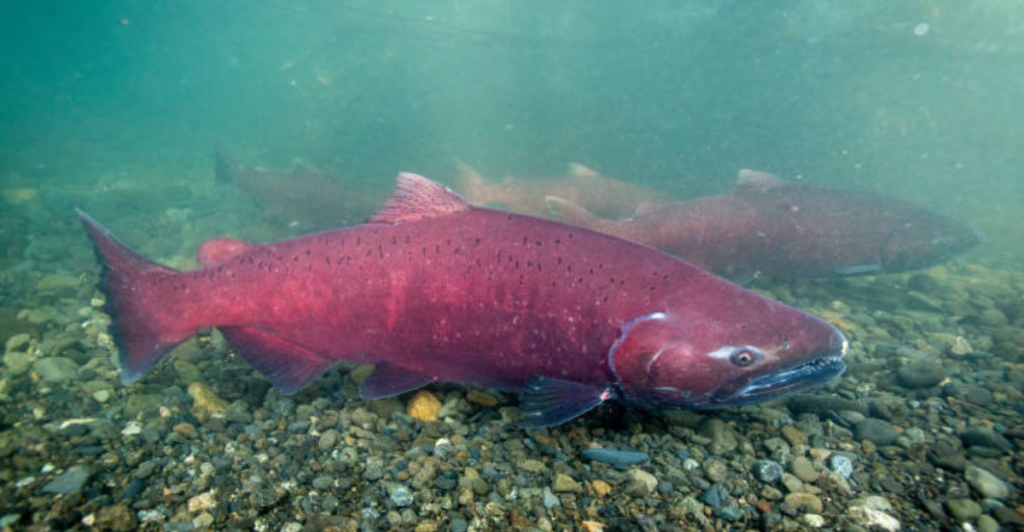
The CDFW’s strategy mimics natural spawning behaviors by injecting eggs into multiple locations to study hatching rates, growth patterns, and habitat preferences. “By injecting these eggs into multiple locations in the North Yuba River, we’re going to be able to look at how long it [takes] for eggs to hatch and turn into yolk sac fry, how they rear, how fast they grow, when and where do they rear as juvenile salmon in this new habitat. So there are a number of different things that we’re going to be able to learn from this,” said Colin Purdy, fisheries environmental program manager for the Fish and Wildlife Department’s North Central Region.
Climate Challenges for Salmon

Spring-run Chinook salmon face extreme heat in California’s Central Valley, where dams trap them on hot riverbeds. Rising temperatures and droughts, exacerbated by climate change, threaten survival rates.
Broader Restoration Context
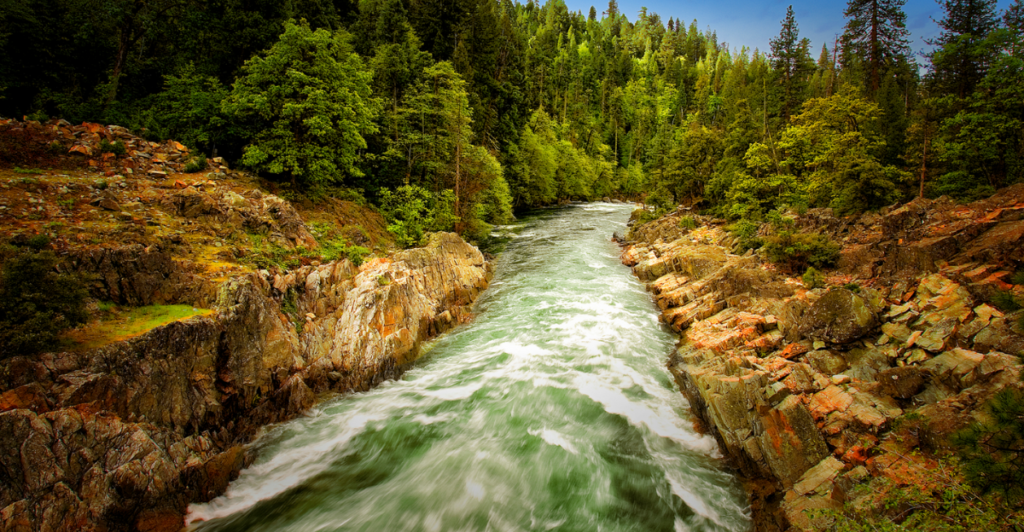
The North Yuba River project aligns with more significant initiatives like the Northern California Wild Salmon Strongholds. “This Initiative would accelerate our Department’s North Coast Salmon Project by removing instream barriers, reconnecting wetlands and floodplains, and implementing better water management practices that increase summer streamflow and can create a model for climate resilient watersheds,” said California Department of Fish and Wildlife Director Charlton H. Bonham.
Dam Removals As A Strategy
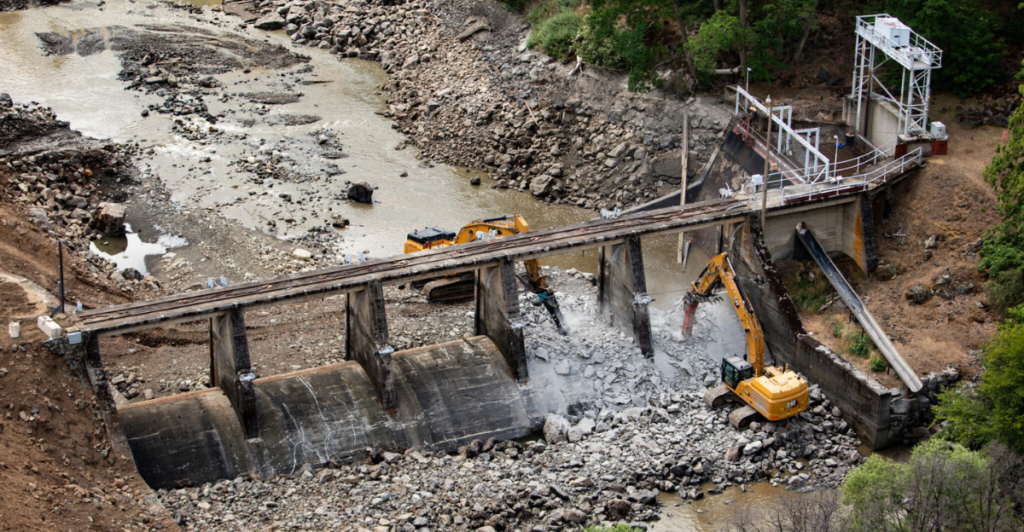
While the Yuba River project avoids dam removal, other regions highlight its effectiveness. The Klamath River’s historic dam removal in 2024 restored 420 miles of salmon habitat, reconnecting ecosystems and reviving natural river flows. “As we’ve seen with other dam removal projects here in the Northwest and nationwide, rivers are remarkably resilient. Our rivers will come back to life, and our salmon will rebound if we remove outdated dams and improve infrastructure. Restoring these rivers is an investment in this special place we call home,” said Wendy McDermott with American Rivers.
Ecological Ripple Effects

Salmon play an essential role in ecosystems, transferring marine nutrients to inland habitats via their carcasses. This process enriches forests, supports wildlife like bears and eagles, and sustains downstream estuaries.
Cultural and Economic Significance

Salmon are central to Indigenous traditions and regional identity. Their decline has strained tribal practices and commercial fisheries. “The closure of the salmon fishing season for the last two years sends a clear message that we are running out of time,” said Charlie Schneider, Lost Coast Project Manager for California Trout. “Our fishing industry provides huge benefits to coastal businesses, and they need us to do more to recover these iconic species.”
Collaborative Conservation
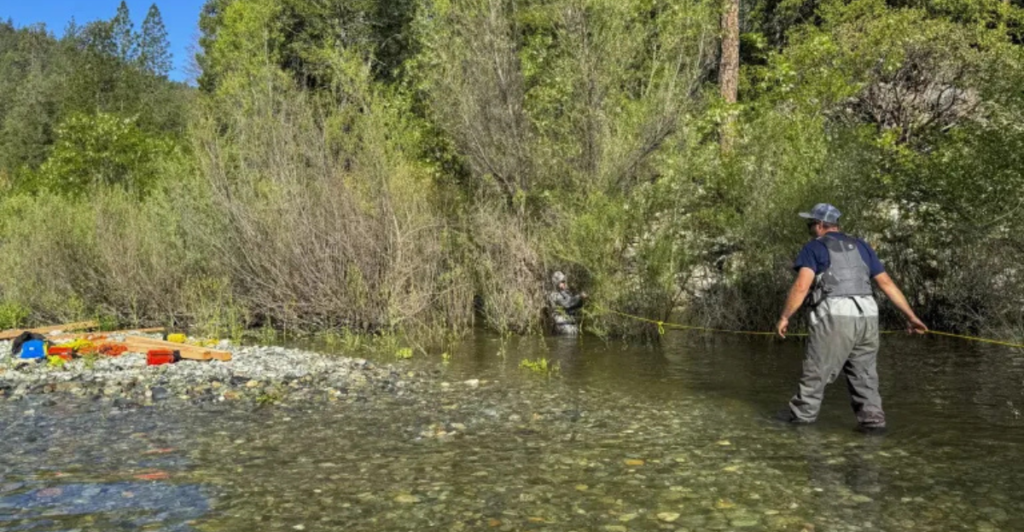
The North Yuba River project underscores the importance of partnerships. Agencies like NOAA Fisheries, The Nature Conservancy, and Trout Unlimited collaborate on habitat restoration, leveraging grants and community support to scale efforts.
What The Future Holds For These Fish
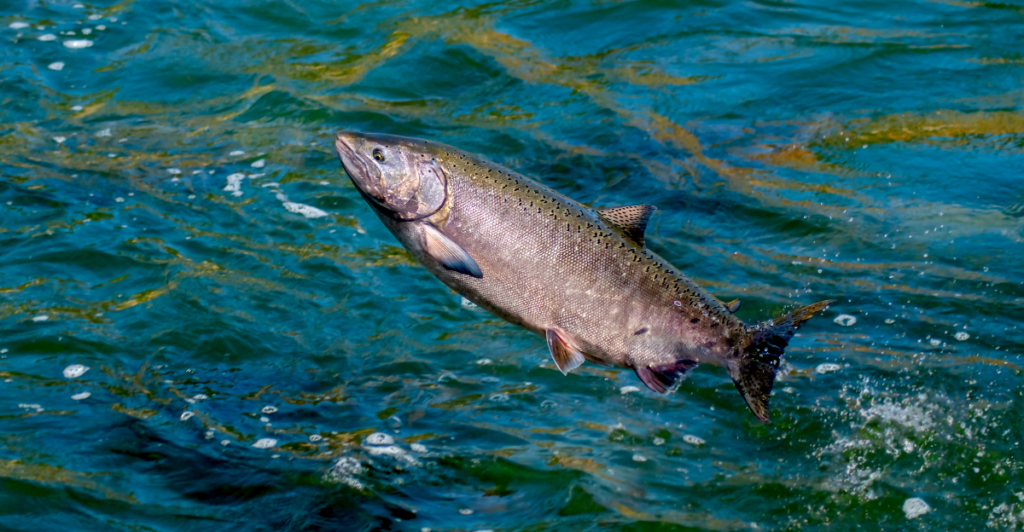
As droughts intensify, initiatives like the Strongholds focus on infrastructure upgrades and water management to ensure summer streamflows. Restoring floodplains and tidal channels also buffers against extreme weather, safeguarding salmon nurseries.
There Is Hope
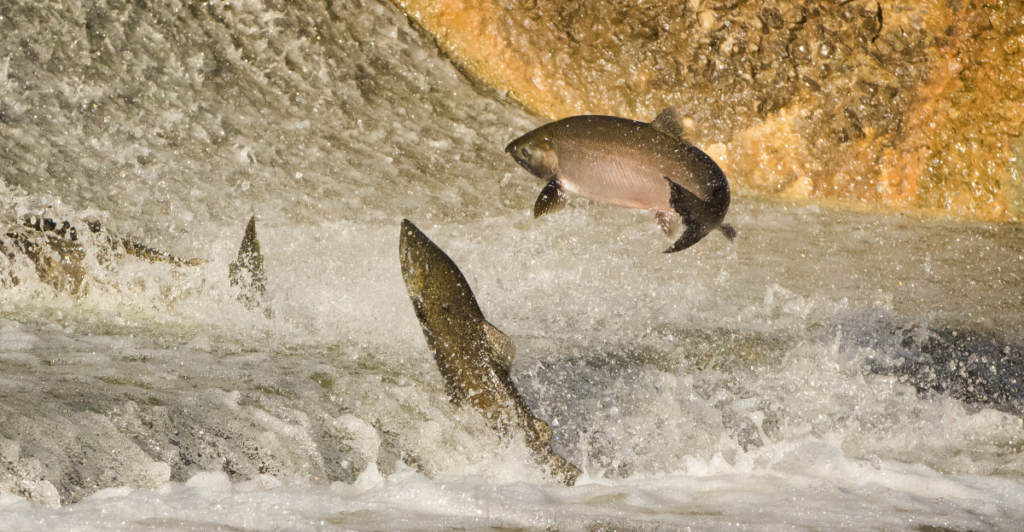
The North Yuba River’s salmon return is a testament to perseverance and science-driven conservation. “If we can develop this pilot effort into a full reintroduction program, we would be able to more than double the amount of available salmon habitat in the Yuba River watershed. And that’s a huge win for spring-run Chinook salmon,” said Purdy.
Explore more of our trending stories and hit Follow to keep them coming to your feed!

Don’t miss out on more stories like this! Hit the Follow button at the top of this article to stay updated with the latest news. Share your thoughts in the comments—we’d love to hear from you!







